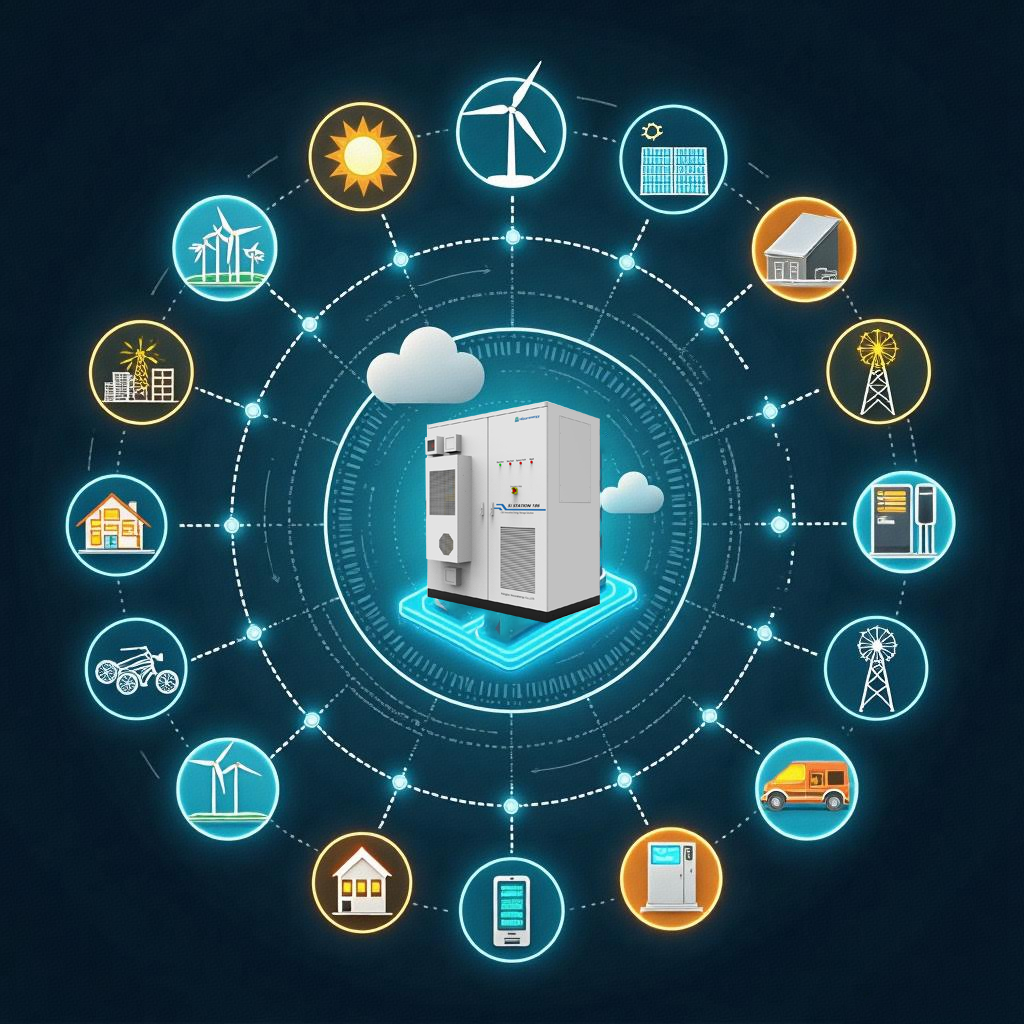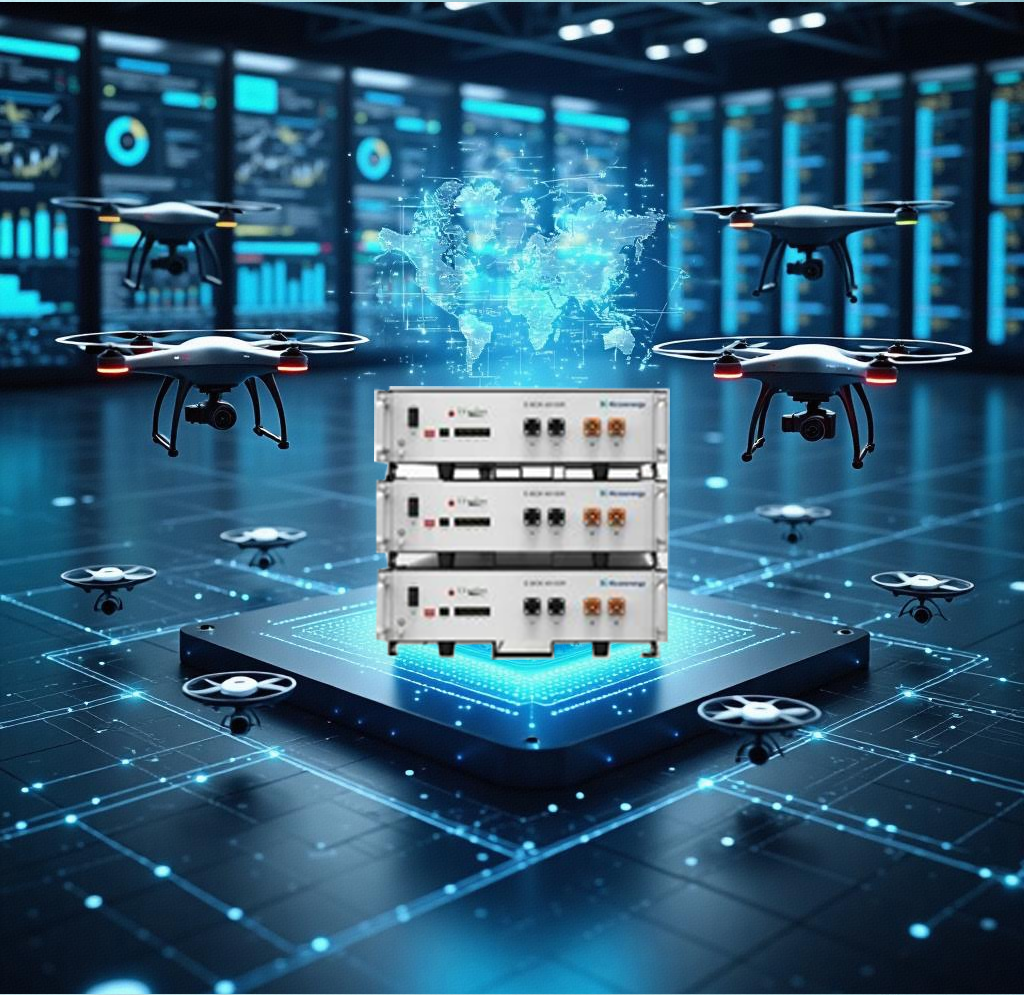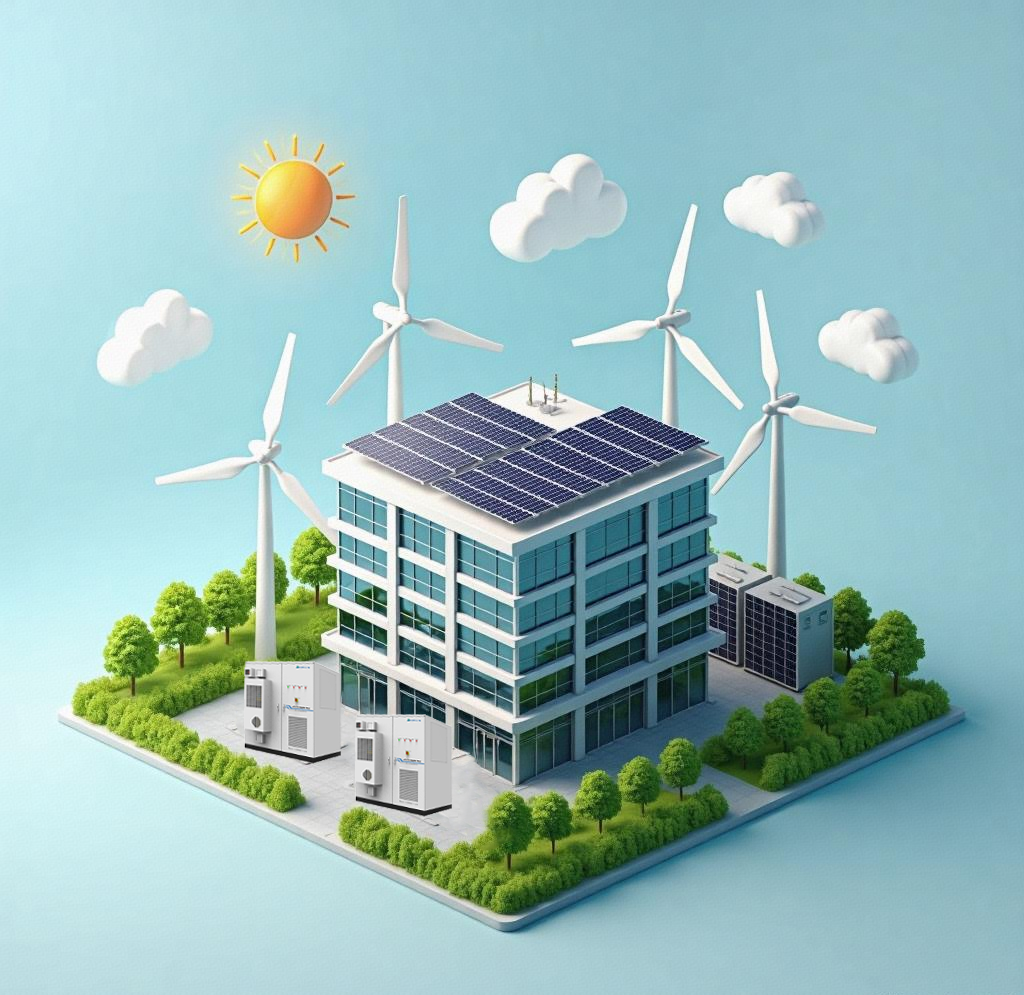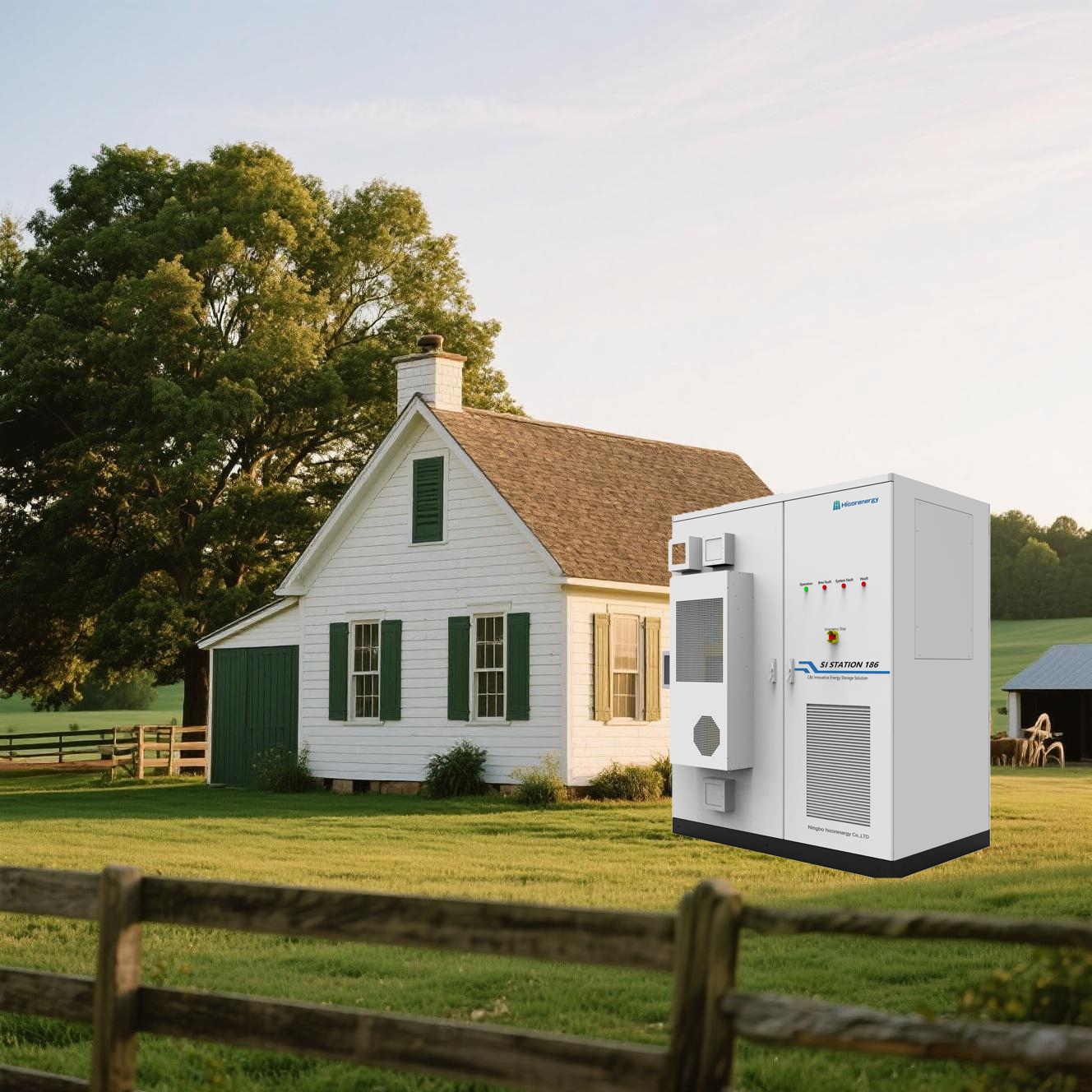Across Africa in 2025, the need for reliable, cost-effective home energy storage systems has never been greater. Millions of families face daily challenges caused by inconsistent electric power supply, rising energy costs, and lack of access to grid infrastructure. For these households, affordable battery storage solutions have become vital tools to secure clean energy, ensure power saving, and support a sustainable future. But what are the best solutions available now, and how can families make the smartest choice?
What Are the Best Affordable Home Energy Storage Options for African Families in 2025?
Top choices include scalable systems like Hicorenergy’s Si LV1 and I-Box 48100R, offering off-grid power storage, battery backup, and long-term energy savings.
In many rural and peri-urban African communities, solar power adoption is rising as households seek independence from unstable electric grids. However, solar energy alone isn’t always enough—especially after sunset or on cloudy days. That’s where battery pack storage comes in. Clean energy stored during daylight hours can be used at night or during outages, keeping lights on, food fresh, and essential appliances running. Products like the Si LV1 and I-Box 48100R are revolutionizing access to green power by combining efficient renewable energy storage with affordability.
Discover the best storage system for your home energy needs—keep reading.
Why Home Energy Storage Systems Are a Game-Changer for African Households
The African continent faces some of the highest electricity access disparities in the world. In countries like Nigeria, Kenya, and Zambia, frequent blackouts disrupt daily life and economic activity. Home energy storage systems bridge this gap by providing reliable battery backup during outages. Beyond stability, they empower users with clean energy autonomy, minimizing dependence on unreliable or expensive fossil fuels. With advancements in new energy technology and declining battery costs, more families can now access energy-saving solutions that once seemed out of reach.
Energy storage systems also promote sustainable development. By shifting to green power, households reduce their carbon footprint and contribute to climate resilience. With innovations in battery pack design and lithium-ion technology, even homes in remote areas can enjoy the benefits of stable, renewable electricity. These solutions also support education and entrepreneurship by keeping schools and small businesses powered during outages, further accelerating socioeconomic progress.
In 2025, energy resilience is a key part of future-proofing African homes. Battery systems like the Si LV1 and I-Box 48100R provide not only a lifeline during blackouts but also a tool for long-term green energy adoption, reducing dependence on diesel generators and helping countries meet climate targets.
Top Affordable Home Battery Systems in 2025 for Off-Grid and On-Grid Use
Several systems have emerged as top choices for African homes in 2025. Among them, Hicorenergy’s Si LV1 and I-Box 48100R stand out due to their affordability, modular design, and off-grid capability.
- Si LV1 is a scalable, lithium-based storage unit ideal for both on-grid and off-grid households. It offers high-efficiency battery pack performance with flexible installation options. Whether charging from solar or grid, it provides stable backup energy. Designed to work in extreme environmental conditions, it’s a practical option for rural and urban homes alike.
- I-Box 48100R provides compact, rack-mounted storage for homes with solar panels. Its lithium battery core ensures long lifecycle performance and reliable green energy storage, even in remote areas. It can be easily expanded, offering a future-proof energy storage solution. The I-Box is also known for its plug-and-play installation, reducing costs and time for setup.
Both models also support load shifting, allowing homeowners to store energy when costs are low and use it during peak demand. Their smart management systems improve efficiency and offer real-time monitoring, contributing to long-term cost savings and optimized usage of renewable energy.
These solutions are particularly effective for homes using solar panels, enabling users to store renewable energy during the day and use it efficiently when the grid fails or power demand increases. Additionally, both models feature advanced power saving technology and integrate seamlessly with existing energy infrastructure.

How to Choose the Right Energy Storage System for Your Budget and Needs
Choosing a home energy storage system in Africa requires balancing affordability, performance, and compatibility. Here are key factors to consider:
| Factor | Description |
|---|---|
| Capacity | Match system capacity with your household’s daily energy consumption. |
| Battery Type | Lithium-ion batteries like those in the Si LV1 offer better efficiency and lifespan. |
| Scalability | Consider modular systems like the I-Box 48100R that can grow with your energy needs. |
| Compatibility | Ensure the system works with your existing solar panel setup and inverter. |
| Maintenance & Warranty | Choose durable systems with low maintenance needs and strong manufacturer support. |
Also, check for smart features such as remote monitoring, load balancing, and mobile app integration. Look at lifecycle costs, not just purchase price—this includes installation, maintenance, and replacement over time. If possible, choose brands like Hicorenergy that have regional support and proven reliability in similar climates and conditions.
Are Home Energy Storage Systems Worth It in Africa? (FAQ)
Q: Are home batteries really cost-effective for African households?
A: Yes. Although upfront costs exist, long-term savings on fuel and electricity bills make these systems a smart investment. Plus, affordable products like the Si LV1 bring high-tech storage within reach.
Q: Can energy storage systems work without solar panels?
A: Absolutely. While pairing with solar maximizes savings, these systems can also charge from the grid and provide backup during outages.
Q: How long do these batteries last?
A: Lithium-based storage systems like I-Box 48100R typically last 10+ years with proper use. Quality energy systems are built to withstand extreme conditions and repeated charging cycles.
Q: Do I need professional installation?
A: Yes, for safety and efficiency. But many brands now offer easy-to-install modules to reduce complexity and cost.
Q: What’s the difference between a battery pack and a battery backup system?
A: A battery pack refers to the actual unit storing energy, while a backup system includes other components like the inverter that deliver electric power during outages.
Q: Can I expand my system later?
A: Yes. That’s one of the benefits of modular systems like the I-Box 48100R. You can start small and scale up as your needs grow.
Q: Is there financing or support available?
A: In some regions, yes. NGOs and government programs offer subsidies or installment plans for clean energy adoption. Always check with local suppliers.
Tips to Maximize the Lifespan and Efficiency of Your Battery Storage System
To get the most from your home energy system:
- Avoid overloading: Ensure your storage capacity matches your load.
- Install in a cool, dry place: Protect batteries from heat and moisture.
- Monitor performance regularly: Use apps or built-in displays to track usage.
- Schedule maintenance checks: Annual checks can prevent major issues.
- Invest in a quality inverter: Ensures smooth power conversion and protects your system.
- Charge strategically: Avoid deep discharges by maintaining recommended charge cycles.
- Educate household members: Promote energy saving practices to reduce load and increase battery efficiency.
- Use energy-efficient appliances: Reduce the burden on your system by upgrading to low-power devices.
- Balance energy loads: Don’t run all devices at once—spread them across the day.
- Update software: If your system has firmware updates, apply them to keep performance optimized.
Practicing these tips ensures long-lasting battery backup, efficient clean energy use, and consistent green power for years. With the right practices, your investment in energy storage will pay off with lower bills, fewer disruptions, and better control over your electric power use.
Summary
Home energy storage is not just about convenience—it’s about creating a better, more energy-independent future.
Stay powered—contact us today to find the best energy solution for your home.
efficient clean energy use, and consistent green power for years.
-9-2048x617.png)



-8-2048x617.png)




-7-2048x617.png)